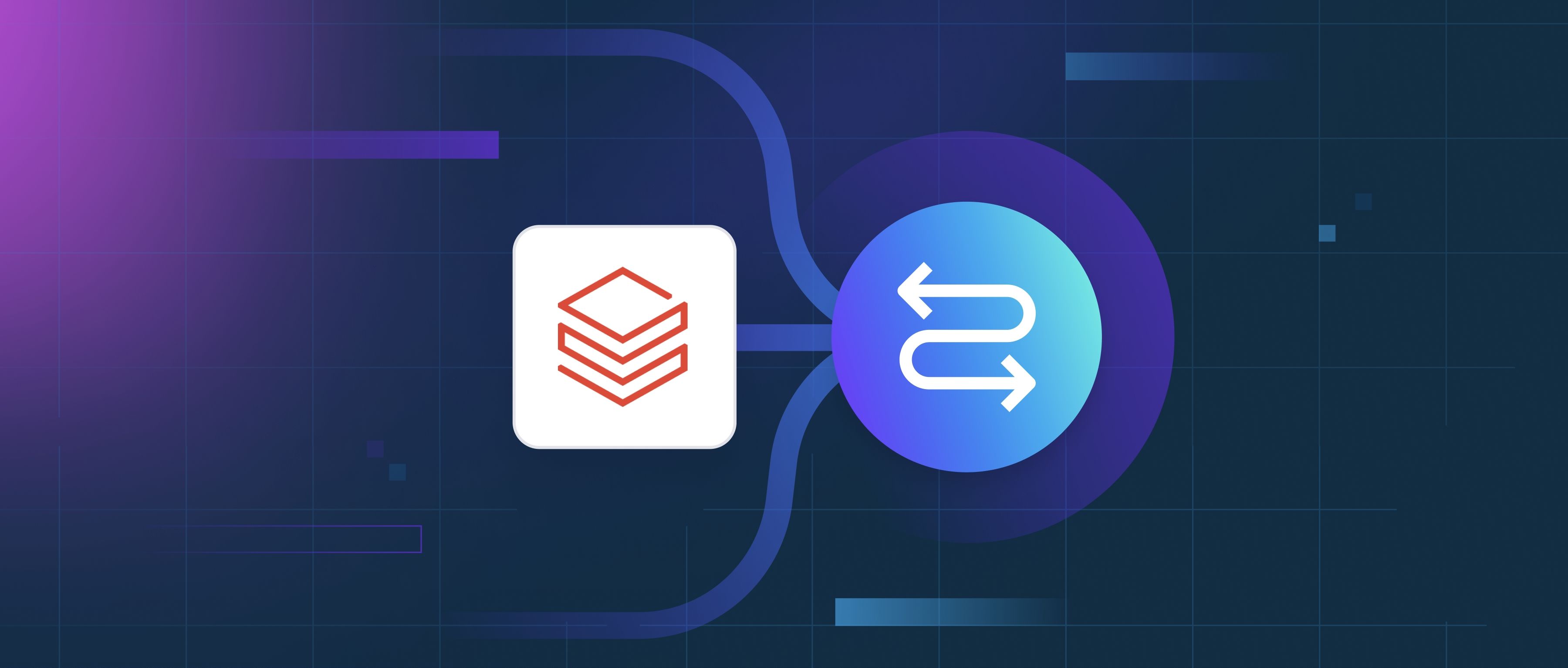Caching in Retrieval-Augmented Generation (RAG) systems reduces latency by storing computationally expensive or repetitive results, avoiding redundant processing. When a user query is processed, RAG typically involves embedding the input, searching a knowledge base, and generating a response. Each step can introduce delays, especially with large datasets or complex models. Caching allows frequently accessed data—like precomputed embeddings or retrieved documents—to be reused, bypassing resource-intensive steps. For example, if multiple users ask similar questions, the system can skip reprocessing identical queries by returning cached results. This approach minimizes API calls to embedding models, reduces database load, and accelerates end-to-end response times.
Three types of data are commonly cached in RAG systems. First, embedding vectors for text chunks or queries can be stored. Generating embeddings via models like BERT or OpenAI’s API is time-consuming, so caching these avoids redundant computations. Second, retrieved documents or contexts from the knowledge base can be cached. If a query’s semantic meaning matches a cached entry (determined via embedding similarity), the system retrieves pre-fetched documents instead of querying the database. Third, final generated responses for identical or near-identical queries can be cached. For instance, a customer support bot might cache answers to common questions like “How do I reset my password?” to serve them instantly. Caching at multiple stages creates a tiered optimization, balancing freshness and speed.
Implementation considerations include cache invalidation (e.g., updating cached data when source documents change) and storage trade-offs. Tools like Redis or in-memory databases are practical for low-latency caching. For embedding or document caches, a hybrid approach might combine exact-match keys (for identical queries) with similarity-based lookups (using vector databases like FAISS). Developers should also define cache expiration policies (TTL) and monitor hit rates to avoid serving stale data. For example, a research tool could cache paper abstracts for a week but invalidate them if the underlying dataset is updated. By strategically caching embeddings, retrievals, and responses, RAG systems achieve faster performance without sacrificing accuracy.
